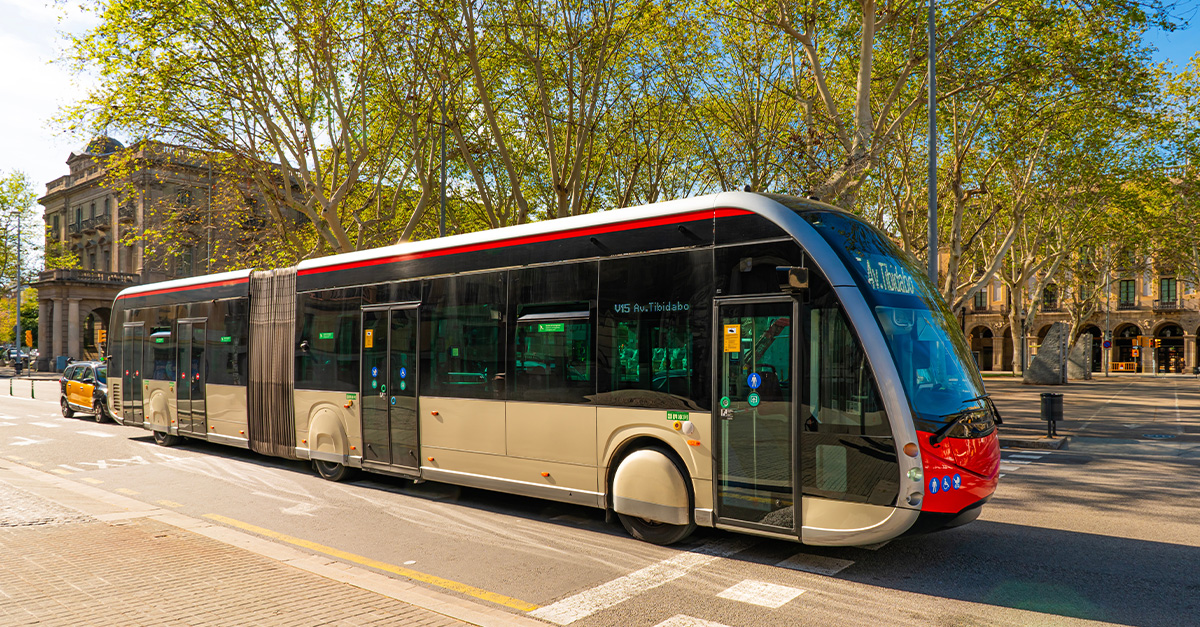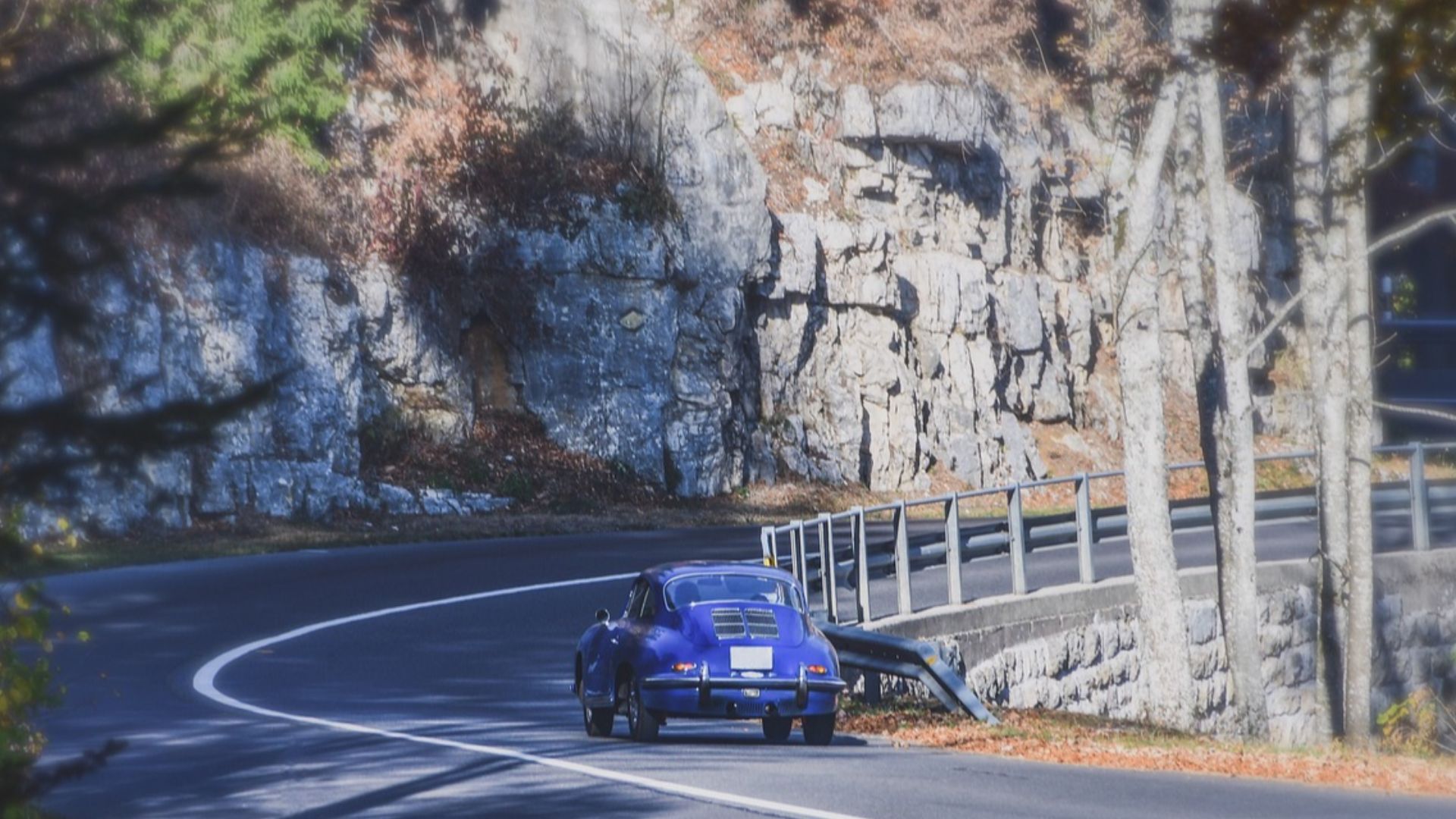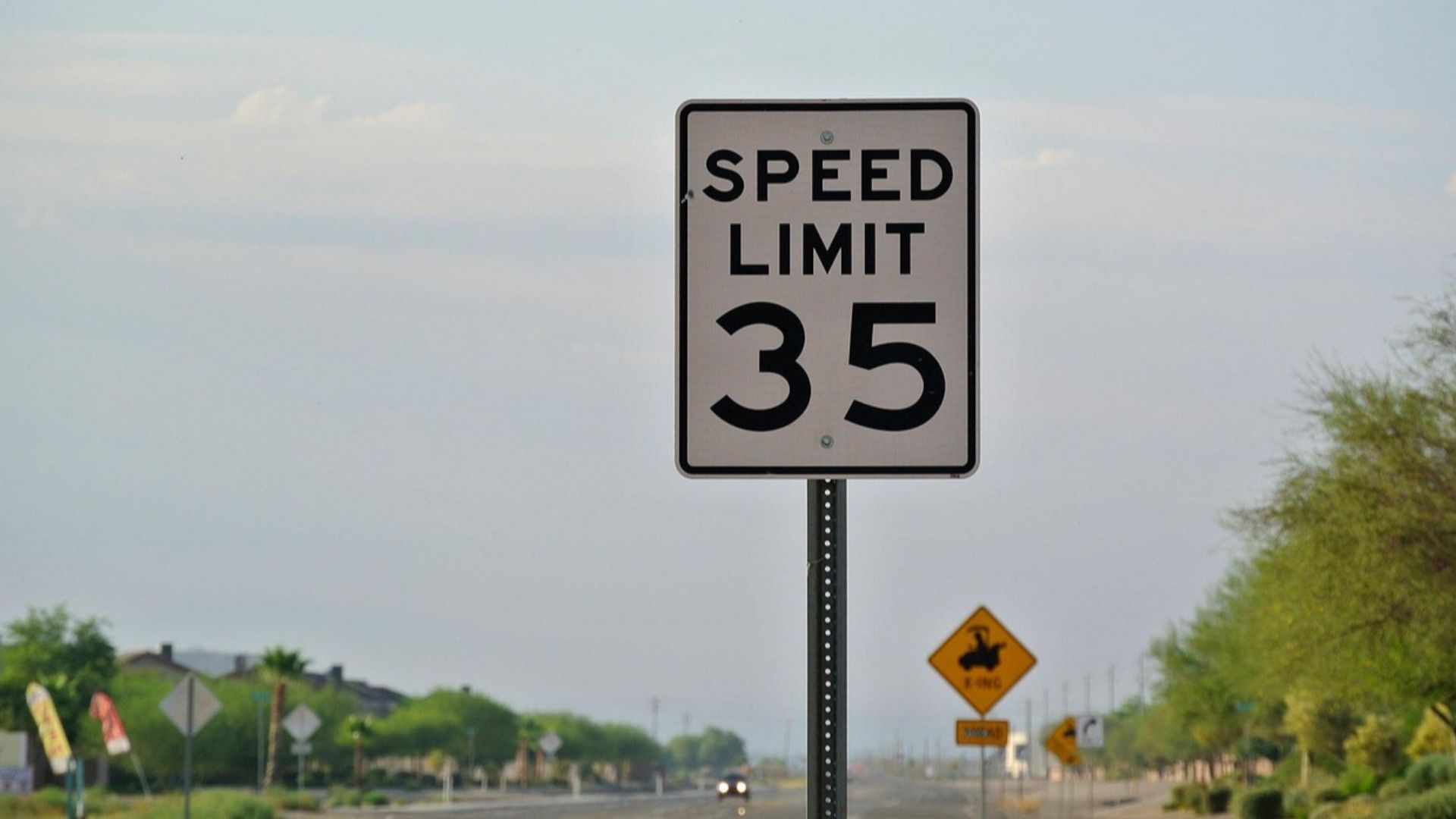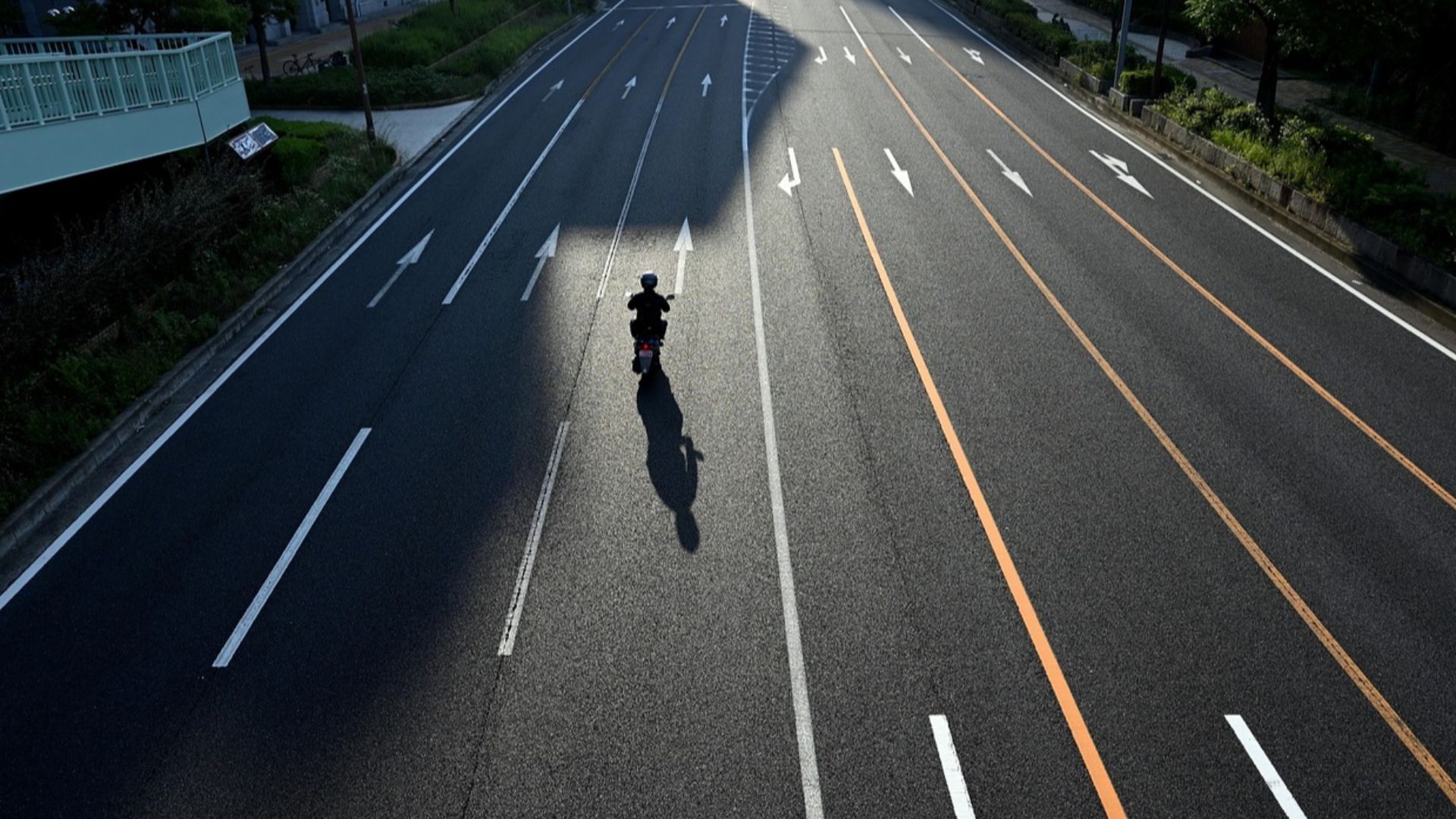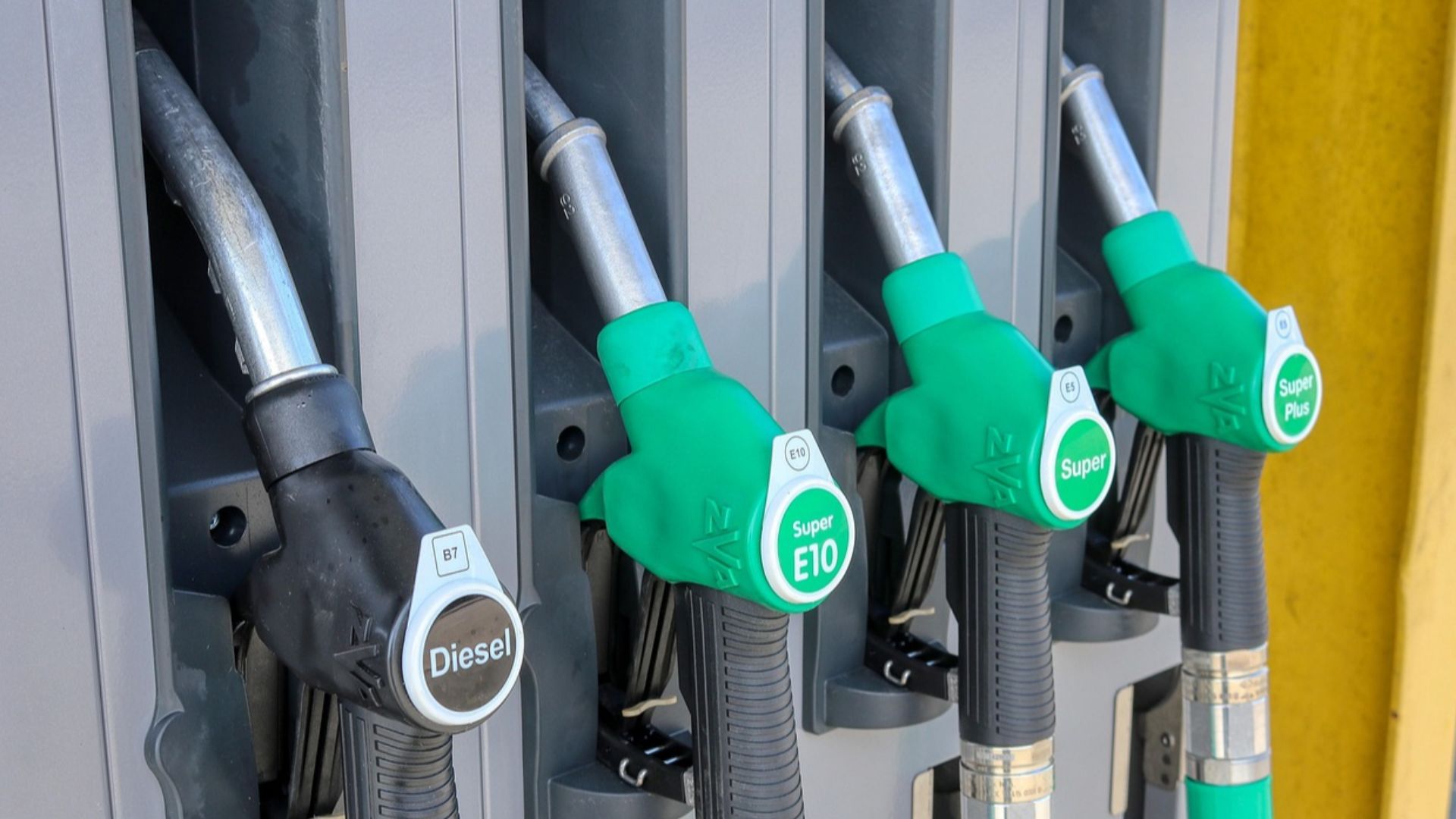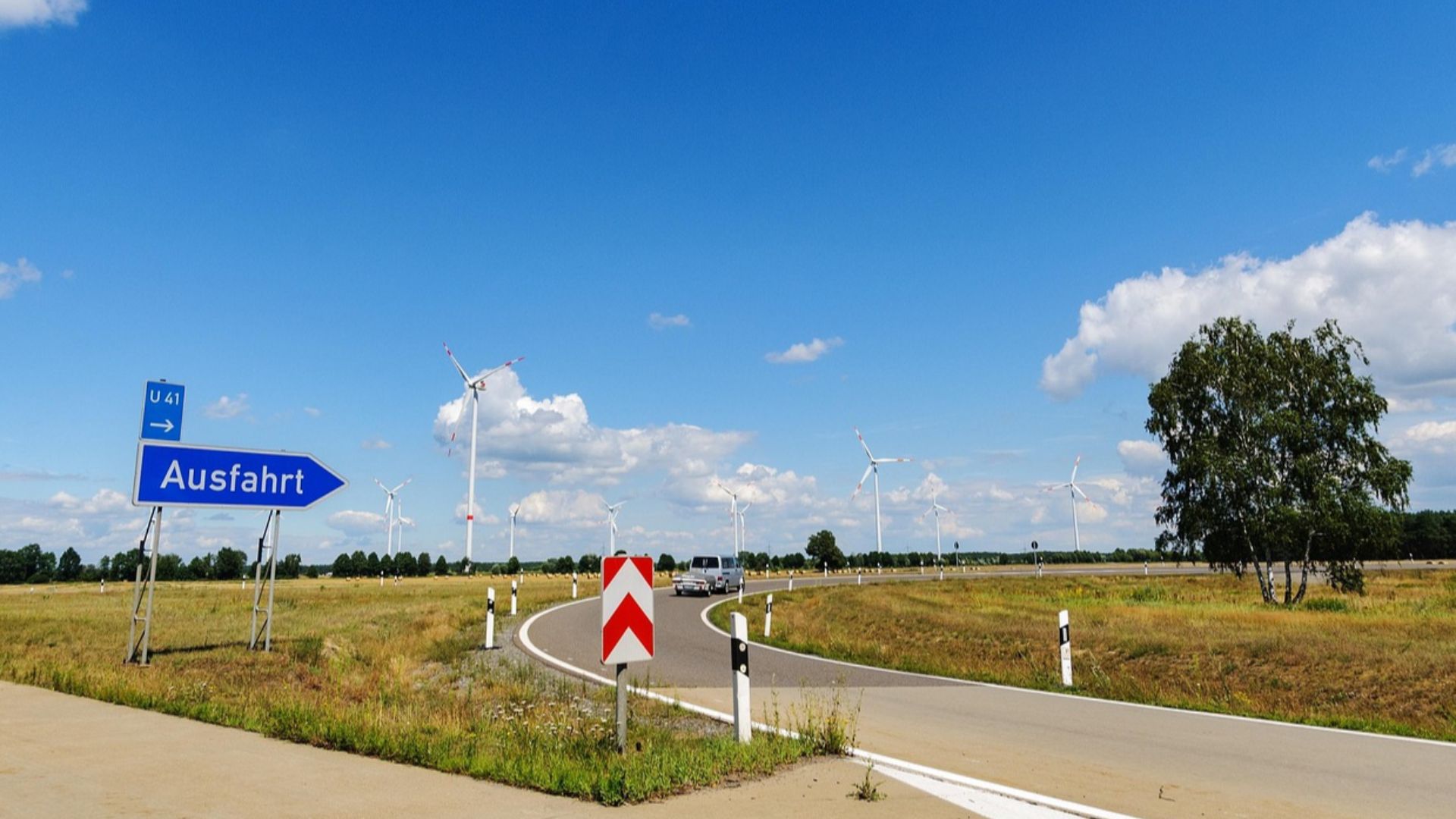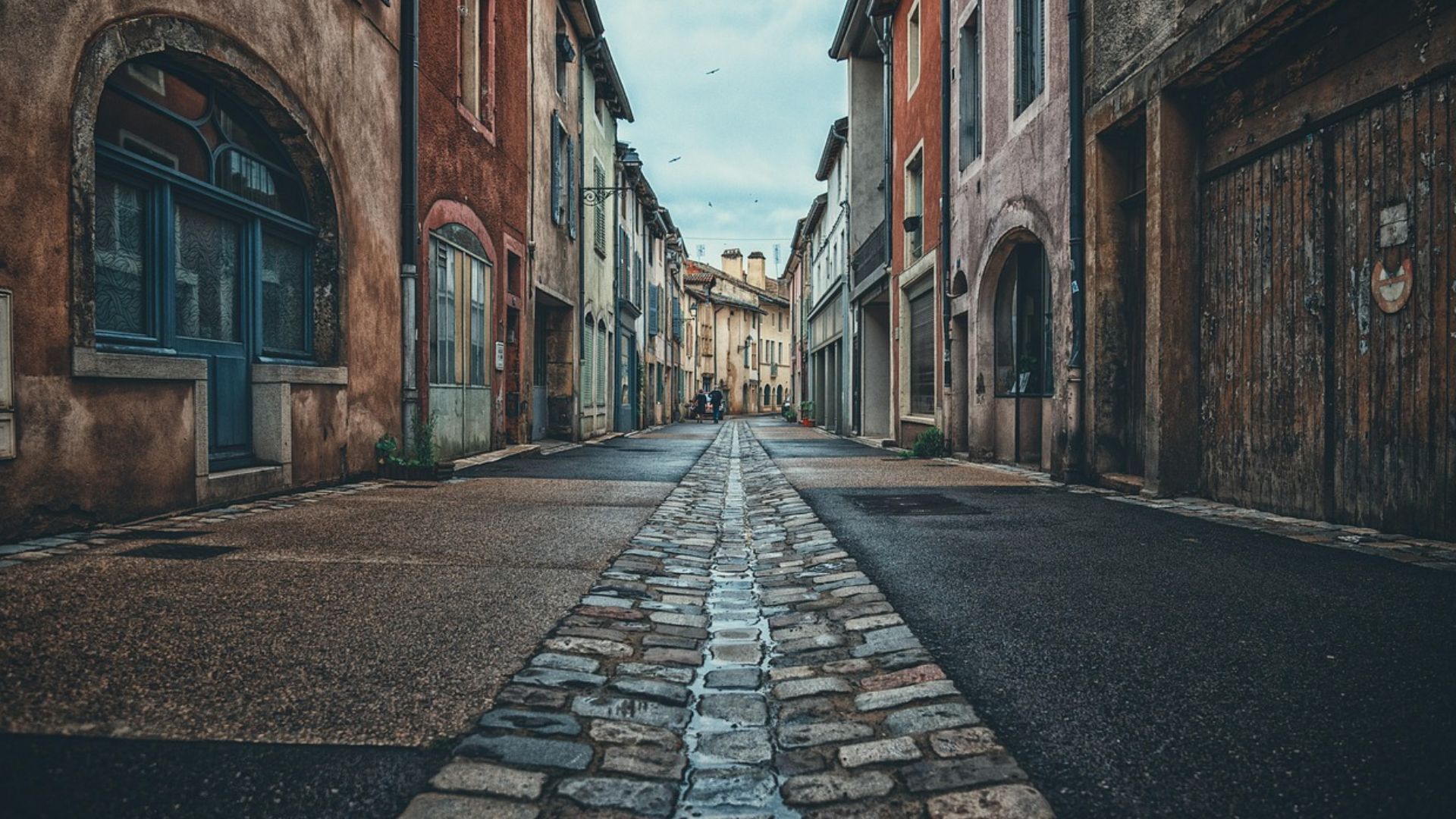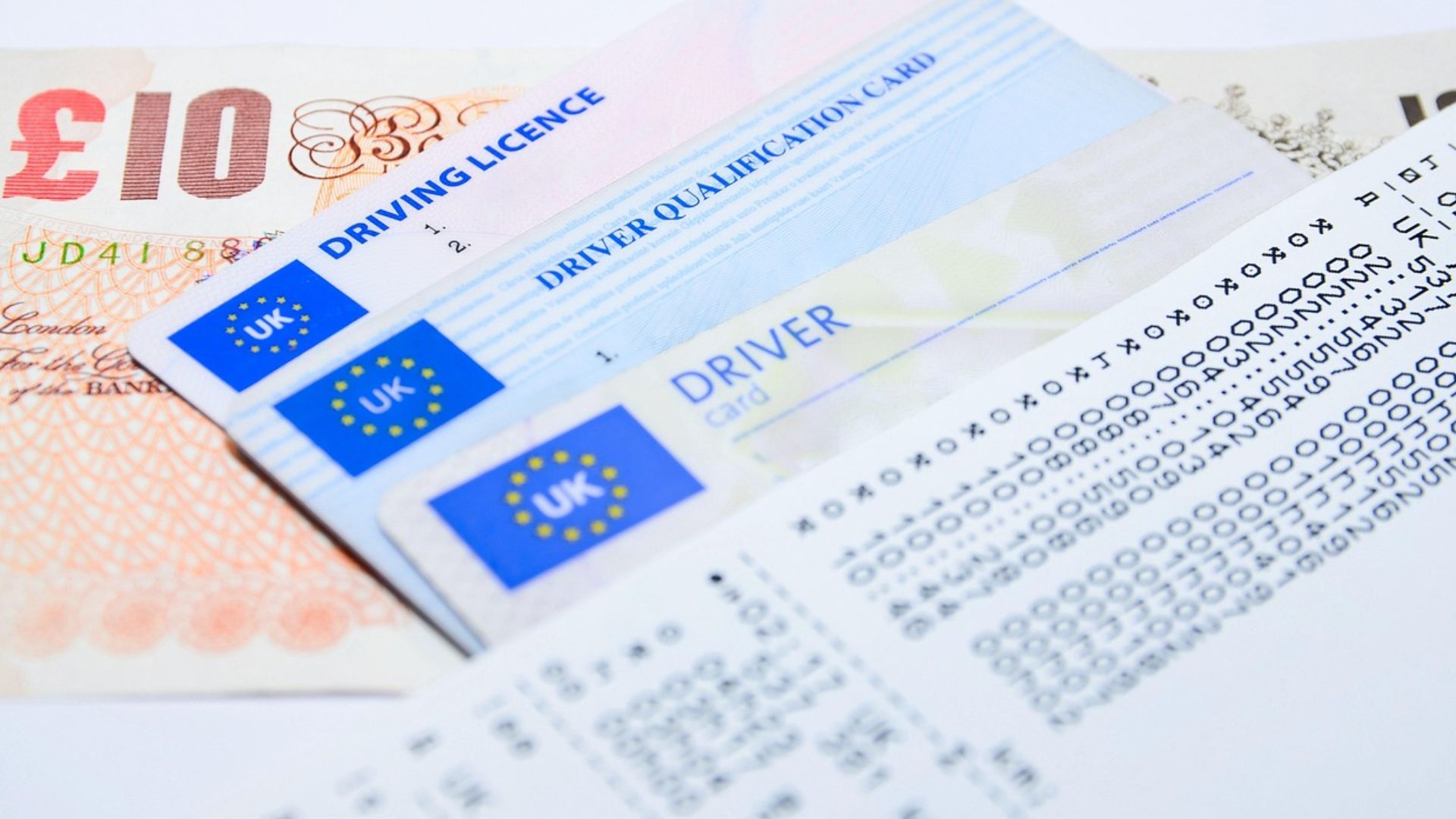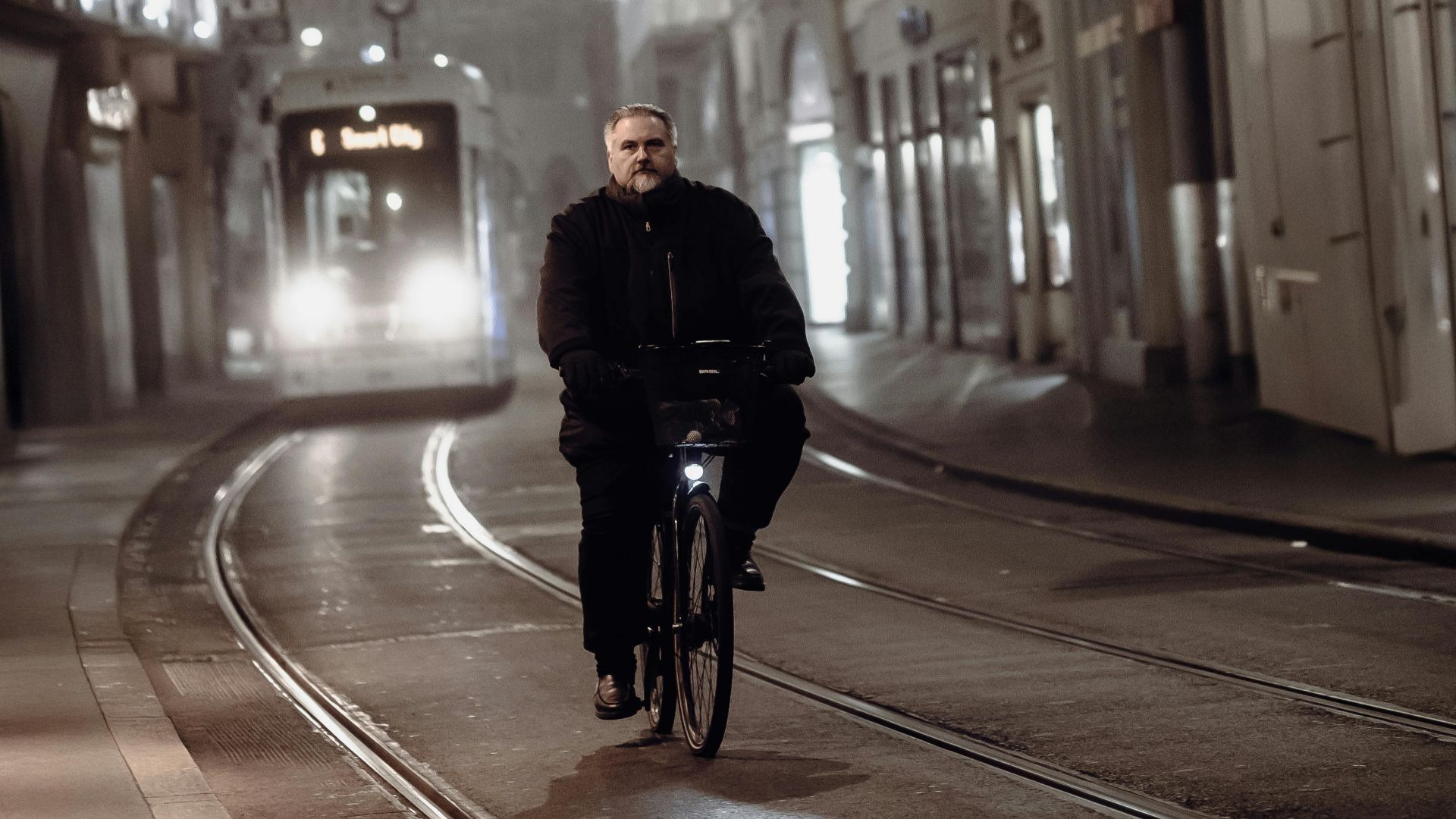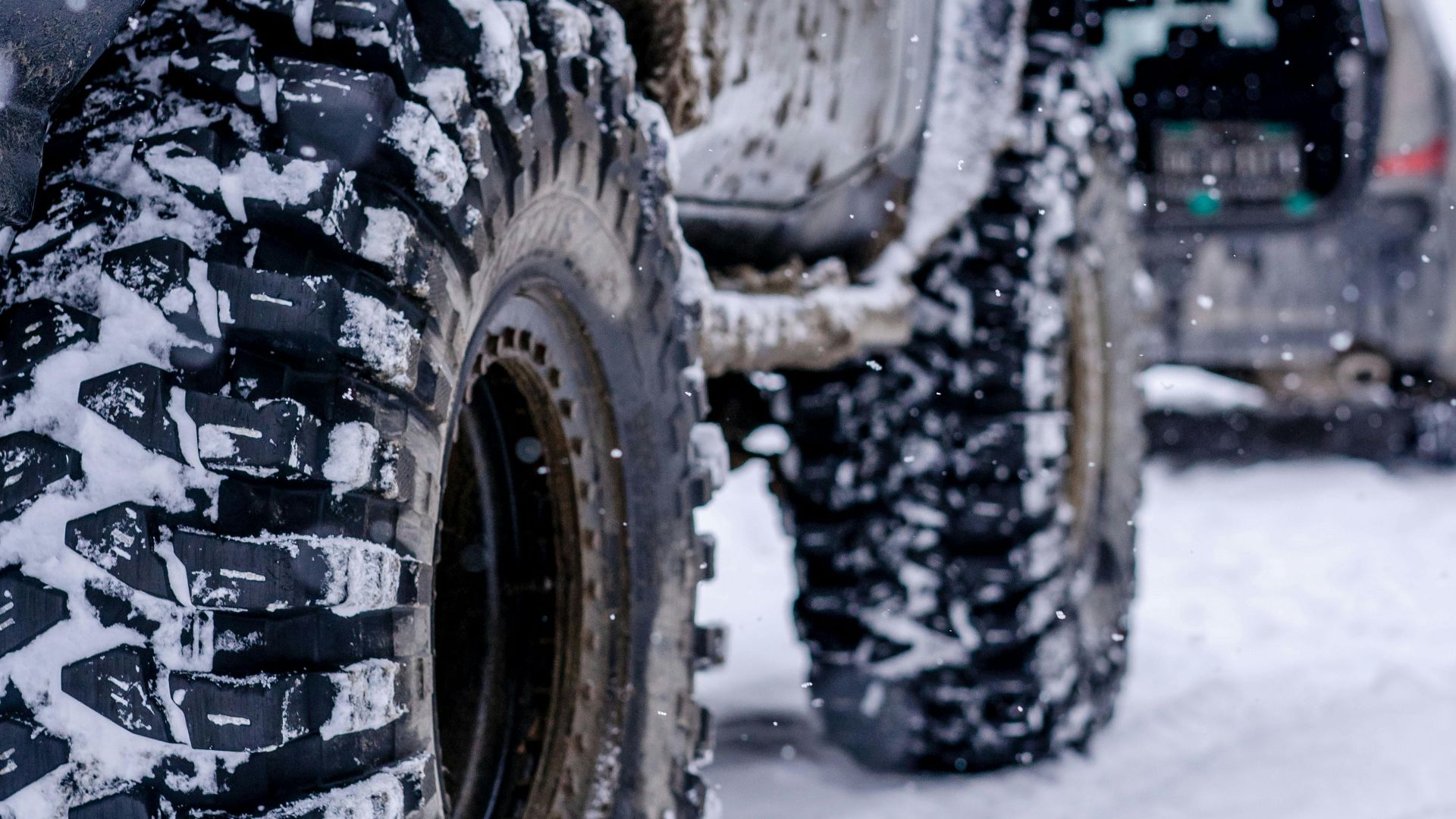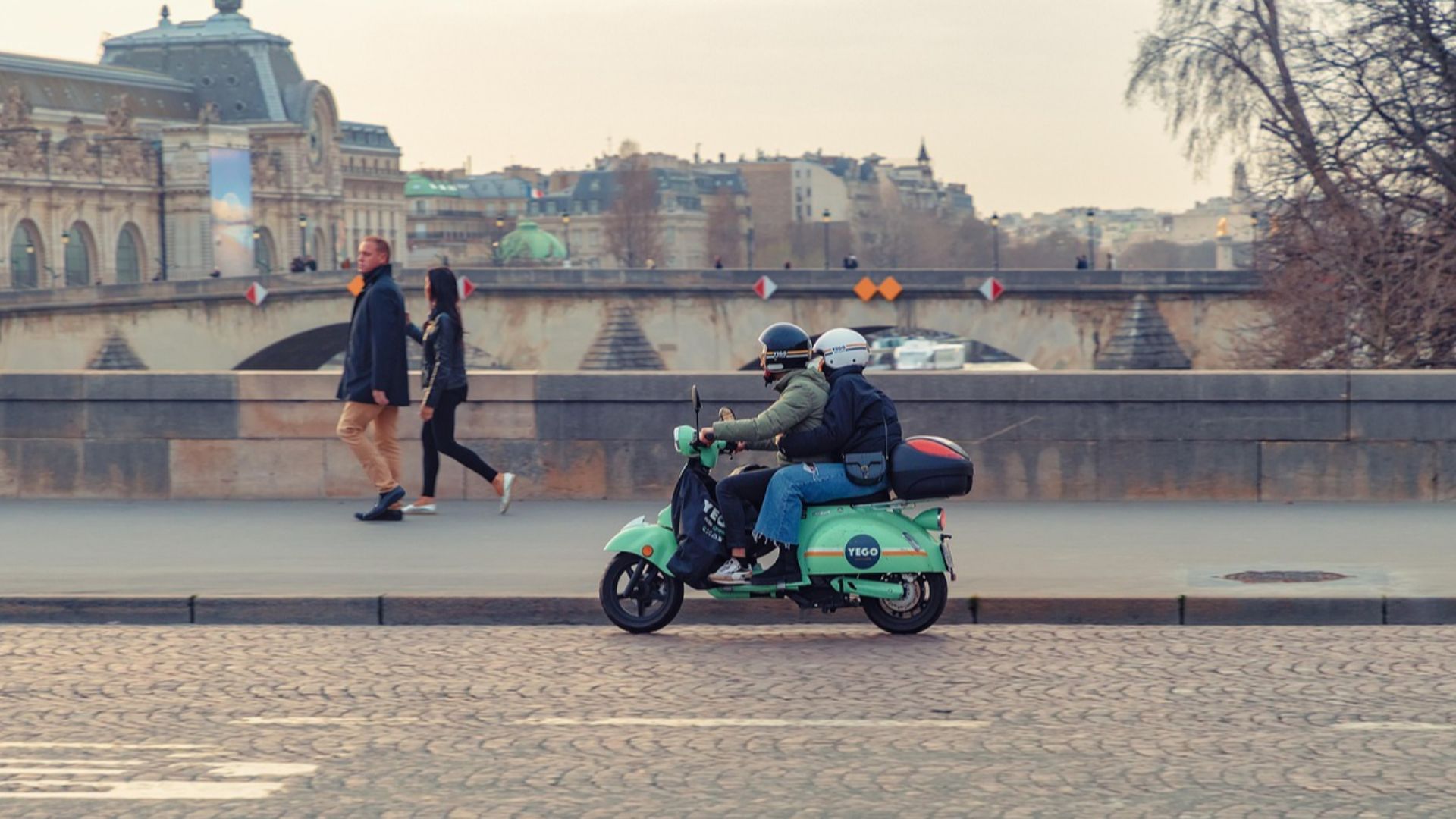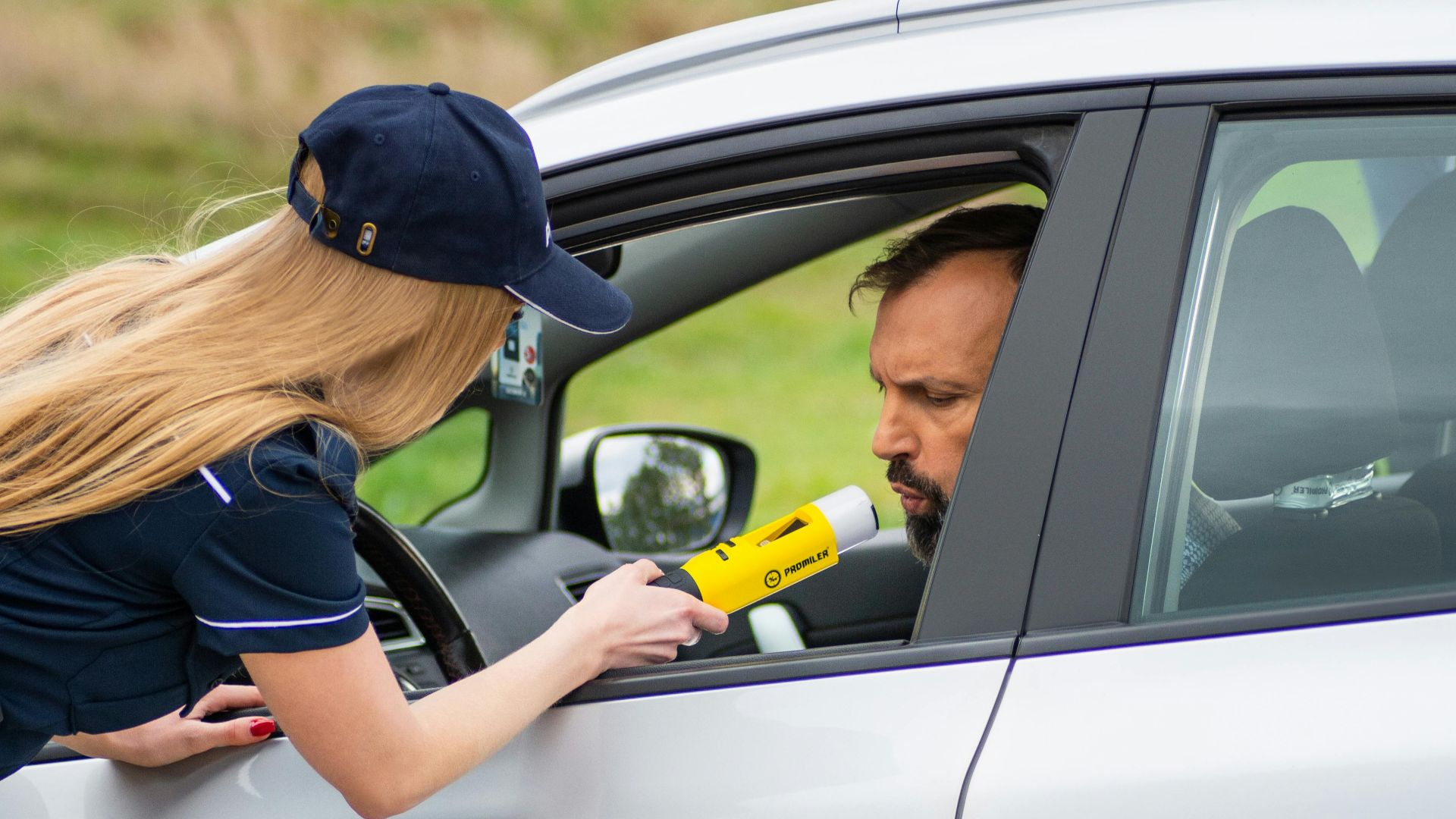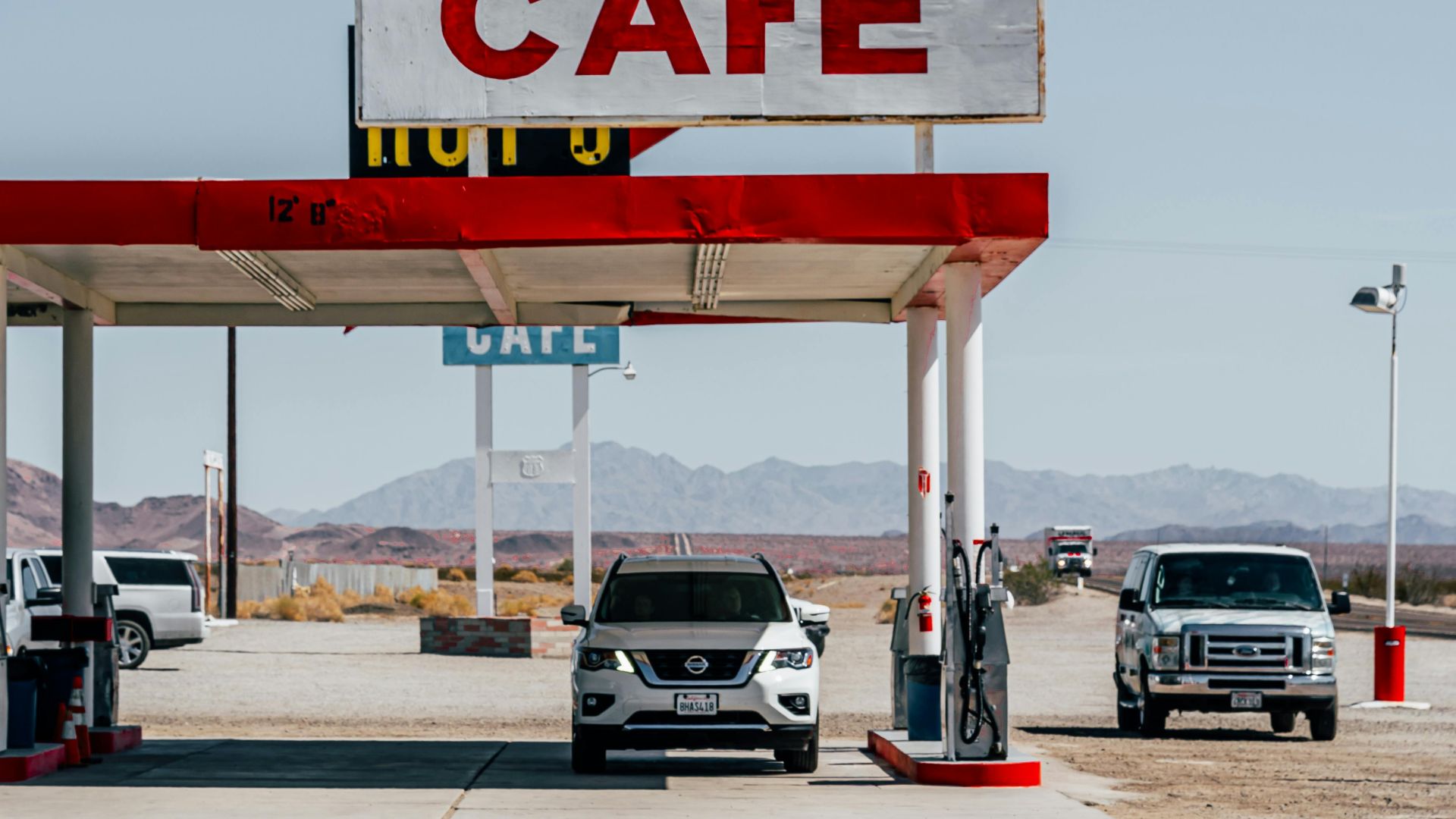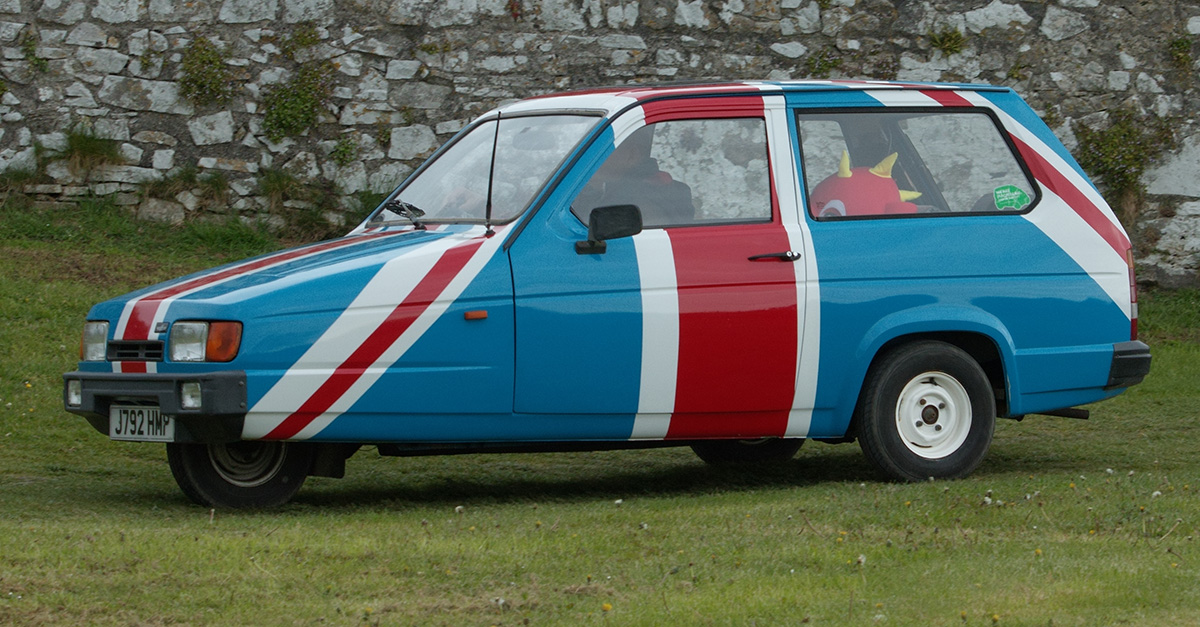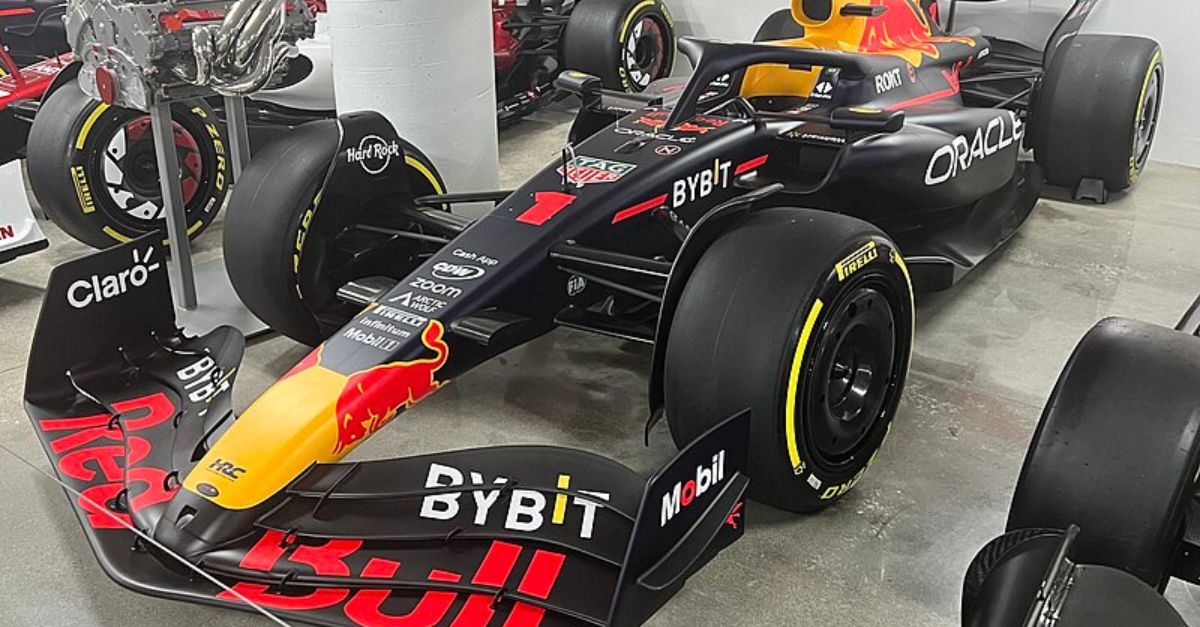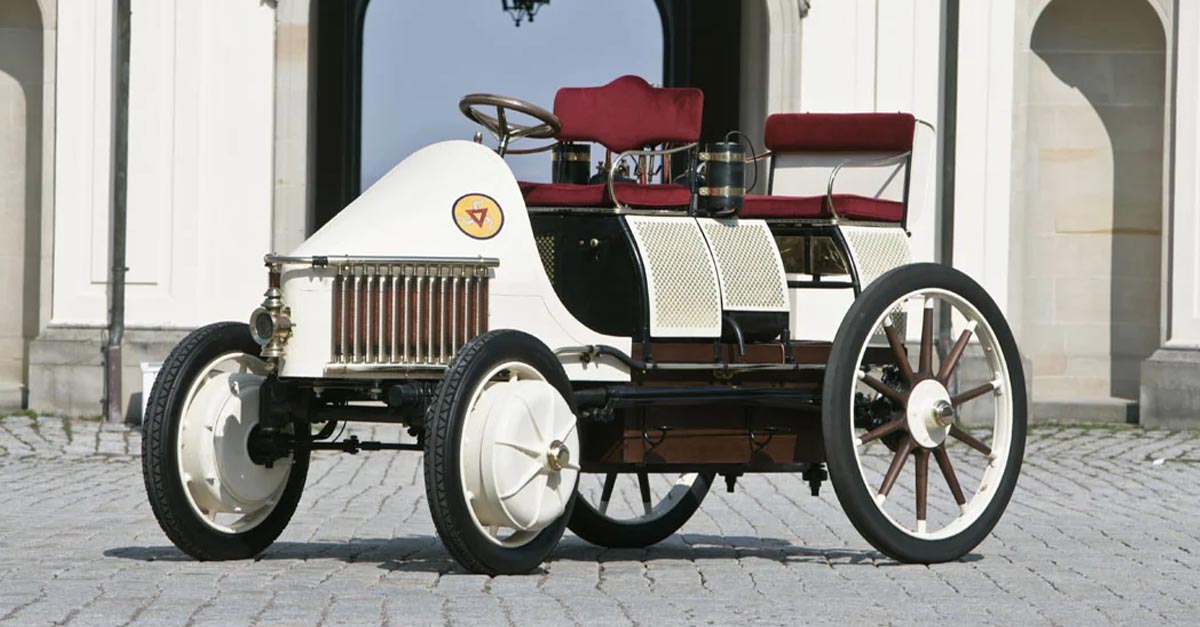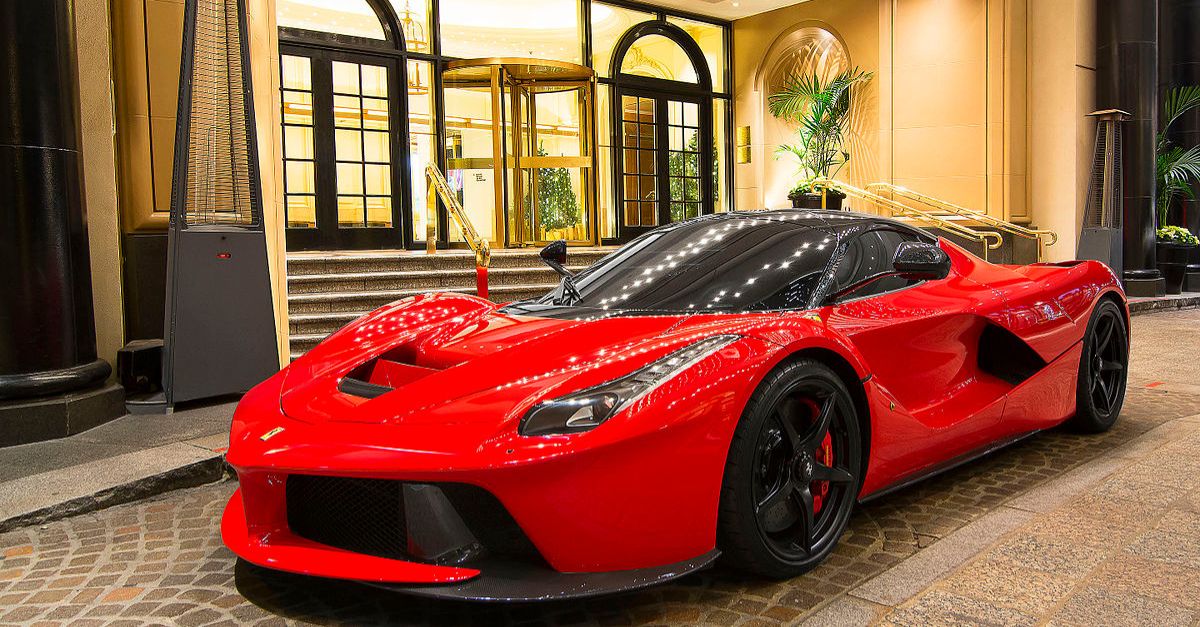These European Driving Habits Confuse Americans
Ever driven abroad and felt like you accidentally joined a secret society with its own rules, rituals, and unwritten laws? Welcome to the great transatlantic driving divide—where Europeans zip through roundabouts like caffeinated ballerinas and Americans glide down wide-open highways with cupholders big enough for a small aquarium. From speed limits that constantly change to cars small enough to be considered pets, this article dives into some of the quirkiest, most debate-provoking European driving habits that often baffle American motorists—so buckle up, because the culture clash starts now.

The Roundabout Revolution
Europeans treat roundabouts like a national sport—fast, fluid, and terrifyingly confident. Americans, meanwhile, eye them the way a cat eyes a bathtub. In Europe, entering a roundabout means committing, accelerating, and trusting strangers with your life. In the U.S., signaling and hesitation turn them into slow-motion bumper-car arenas.
Manual Transmissions Still Rule
Stick shift is alive and well in Europe, where shifting gears is practically a rite of passage. Americans often see manual transmission the same way they see dial-up internet: nostalgic, unnecessary, and confusing. For Europeans, though, it’s part of the driving soul—control, fuel efficiency, and a little wrist workout.
Tiny Cars, Big Attitude
Europeans zip around in compact hatchbacks that could fit inside a typical American parking space with room for a picnic. Americans love vehicles that could transport a small family and a baby elephant. To Europeans, a big SUV in a medieval village square feels like bringing a tank to a tea party.
Speed Limits That Actually Change
European speed limits shift constantly—one stretch of road may have four different speeds in half a mile. Americans prefer long, stable stretches of predictable limits. Europeans argue this keeps drivers alert; Americans argue it leads to speeding tickets that feel like traps set by gleeful bureaucrats.
Autobahn Anarchy (With Rules)
Germany’s Autobahn is legendary—sections with no speed limit, cars blasting past at jet-engine velocities. Americans imagine chaos, but Europeans stick to disciplined lane behavior and strict passing laws. Ironically, the “wild” Autobahn is often safer than some American highways thanks to rigorous driving standards.
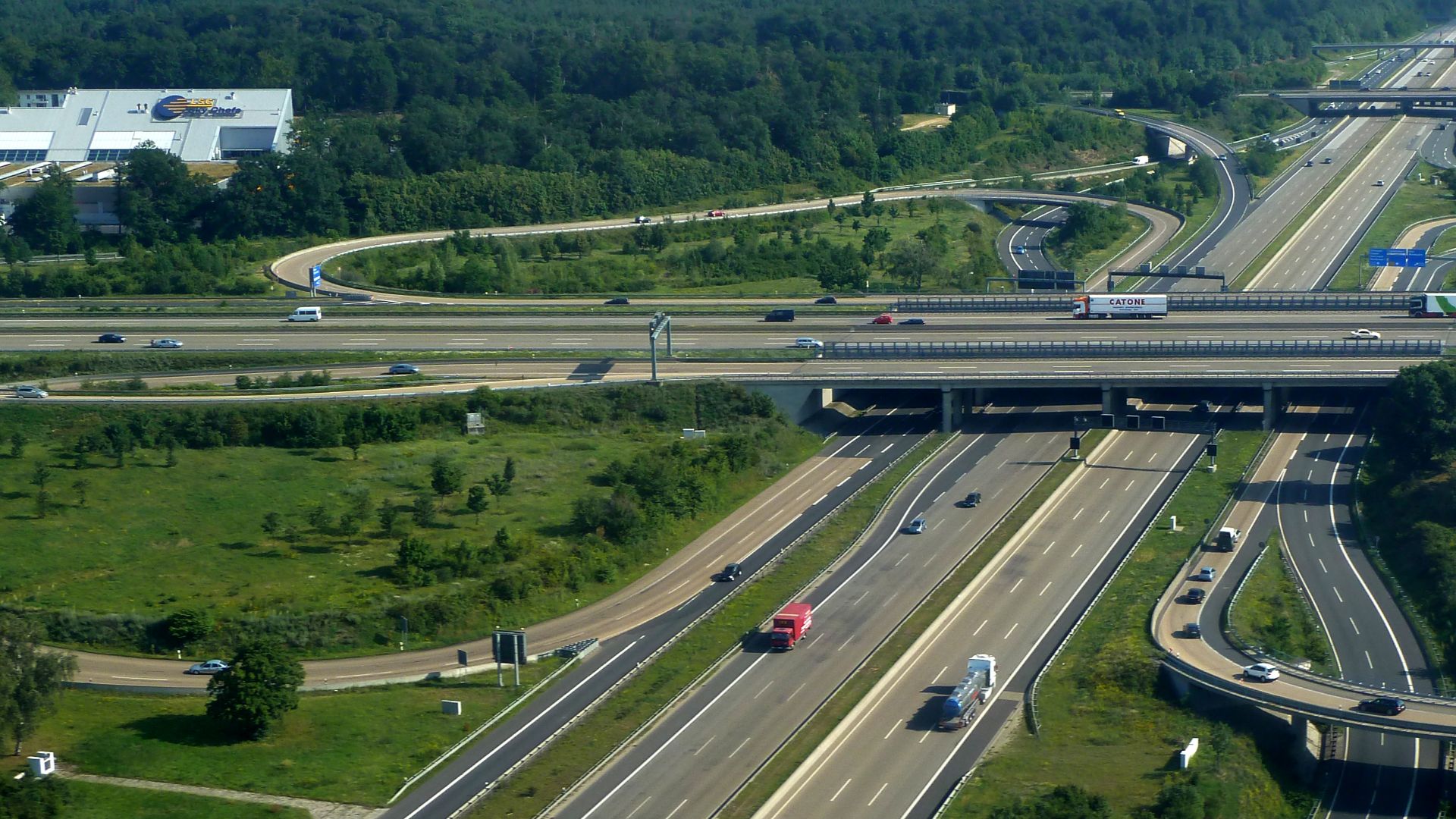 Vladislav Bezrukov, Wikimedia Commons
Vladislav Bezrukov, Wikimedia Commons
Passing Only On The Left
In Europe, passing on the right is almost sacrilegious. It’s not just illegal—it’s a moral failing. In the U.S., the interstate is a free-for-all where minivans pass motorhomes on the right while a sports car undertakes both at once. Europeans watch American highway footage like it’s a wildlife documentary.
Parking That Feels Like Puzzle Solving
European parking spots are famously narrow, placed on hillsides, or located on cobblestone alleys designed for horses, not hatchbacks. Americans expect wide asphalt, painted lines, and the luxury of swing room. Europeans parallel park in spaces that look mathematically impossible—and they’re proud of it.
 RandompersonSWE, Wikimedia Commons
RandompersonSWE, Wikimedia Commons
The Love For Diesel Engines
While diesel has lost some charm, Europeans embraced it for decades thanks to fuel economy and torque. Americans associate diesel mostly with pickup trucks, semis, and the smell of truck stops. Europeans, meanwhile, enjoy diesel hatchbacks that feel punchy without sounding like construction equipment.
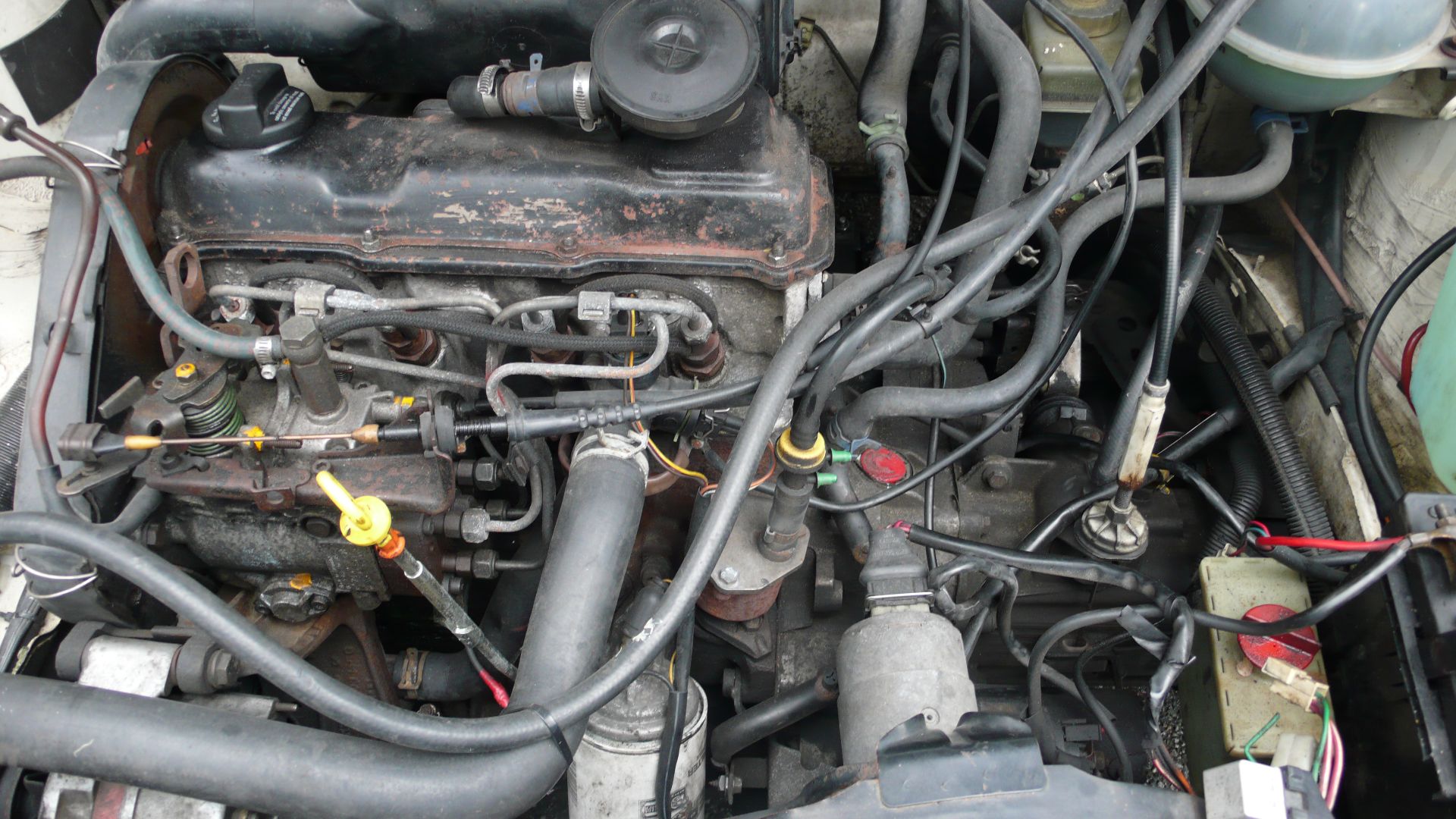 David Koppe from Vancouver, Canada, Wikimedia Commons
David Koppe from Vancouver, Canada, Wikimedia Commons
Tolls Everywhere
Drive for an hour in Europe and you’ll likely hit a toll booth, camera gantry, or vignette checkpoint. Americans dislike tolls but accept them on major expressways. Europeans, however, treat toll systems like a continental subscription service—pay to enter a country, pay to use a highway, pay to leave a rest stop.
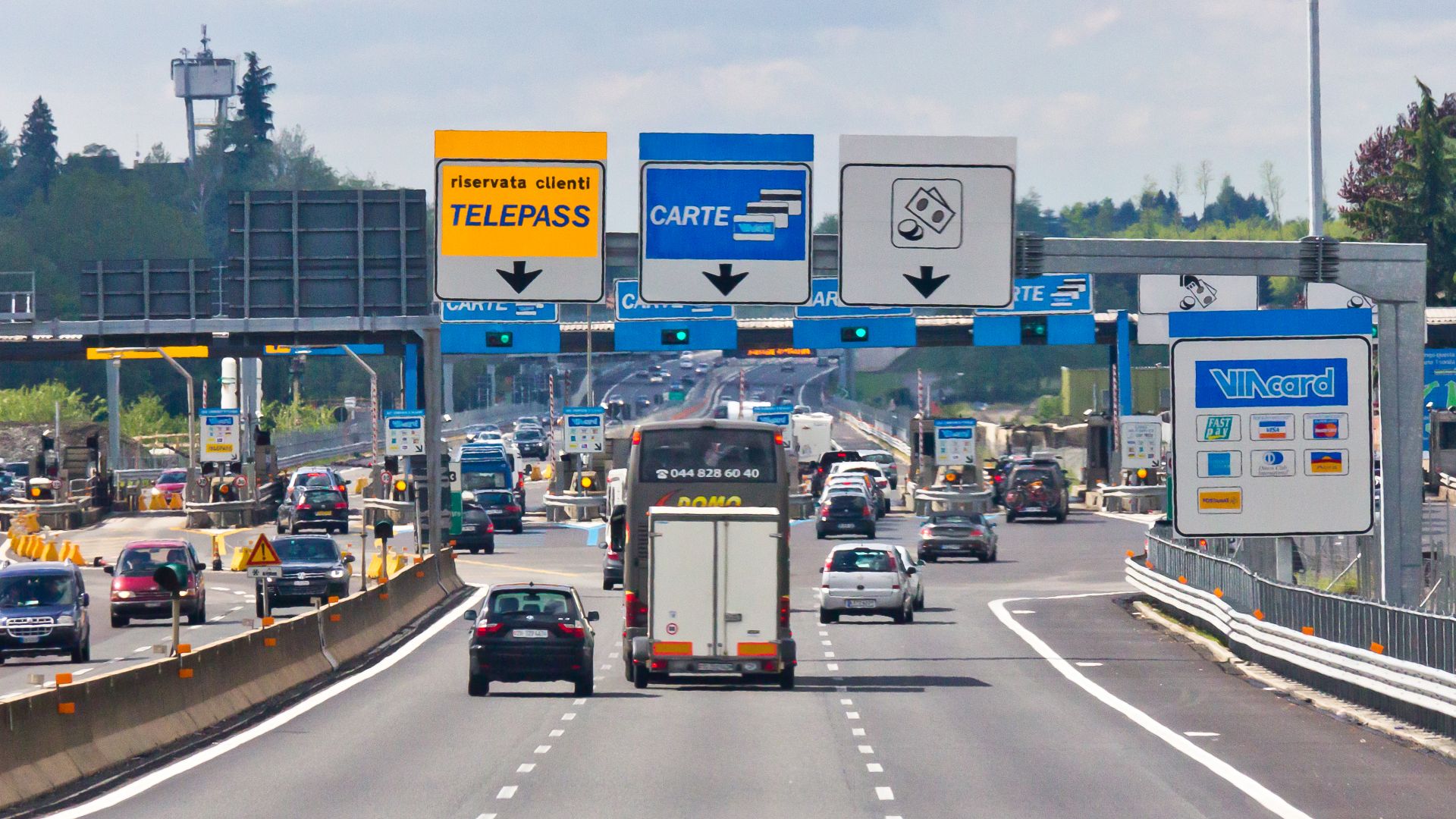 Raimond Spekking, Wikimedia Commons
Raimond Spekking, Wikimedia Commons
Motorcycles That Overtake Everything
Lane filtering is common and legal in many European countries. Motorcyclists glide between cars with balletic grace while drivers calmly make room. In the U.S., seeing a motorcycle slide between lanes can cause panic, rage, or at minimum a bewildered stare. Europeans say it reduces congestion; Americans say it looks like wizardry.
Turn Signals Used Religiously
Europeans, especially Germans, treat turn signals like sacred instruments of road etiquette. Americans… do not. While many U.S. drivers signal just often enough to pass their driving test, Europeans flick their indicators with the precision of a concert pianist.
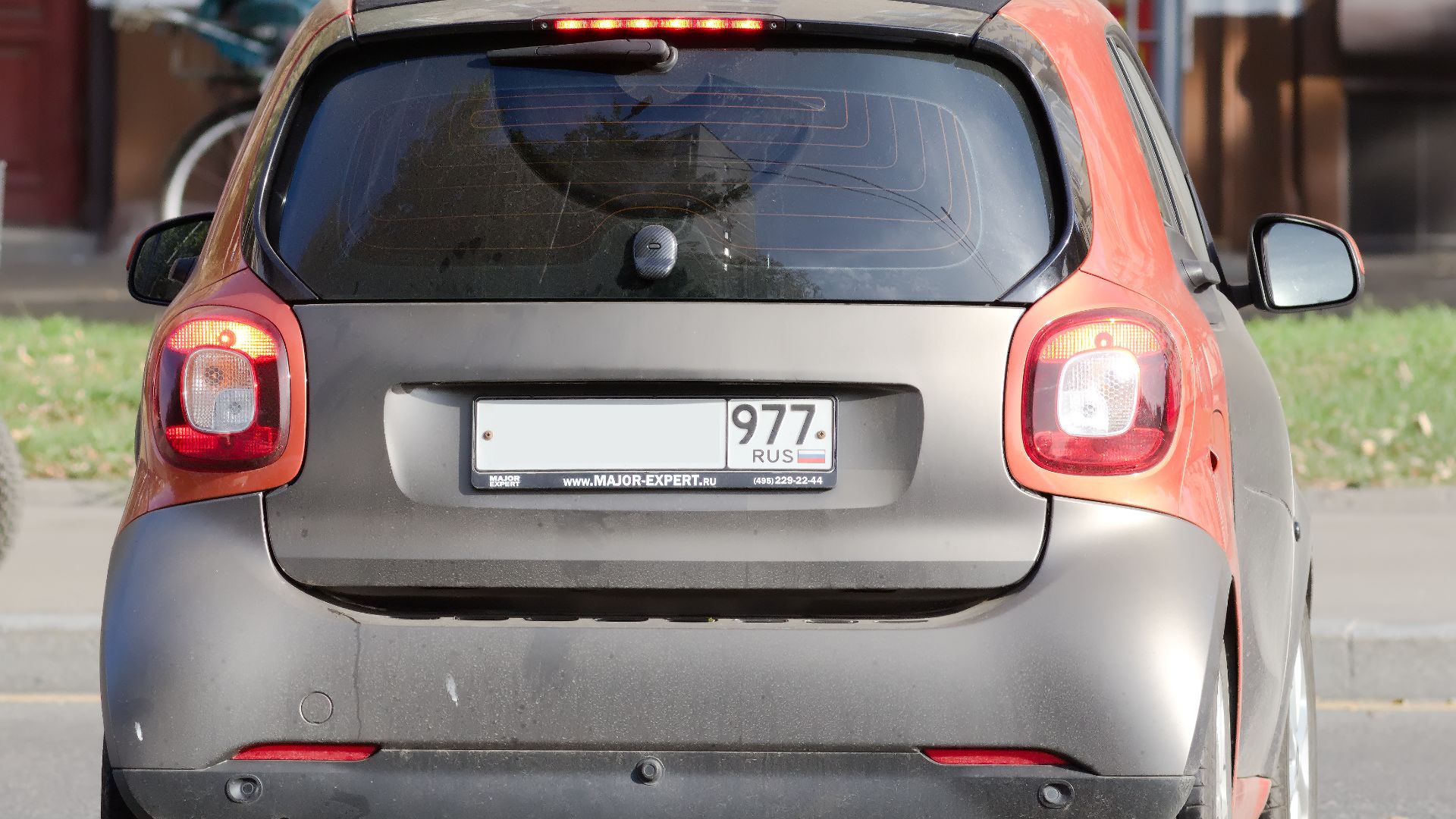 Retired electrician, Wikimedia Commons
Retired electrician, Wikimedia Commons
Fuel Prices That Cause Existential Crisis
European fuel costs are so high they could induce tears—and that’s on a good day. Americans gasp when prices climb above $4 a gallon. Europeans consider $7 normal and $8 “annoying but manageable.” No wonder Europeans drive smaller cars and Americans cling to fuel rewards programs like lifelines.
Highways With Fewer Exits
European motorways often have long stretches with no exits at all. Miss one? Congratulations—you now live on the highway. In the U.S., highways are dotted with exits every few miles, ready to usher you toward fast food, gas, and questionable motels. Europeans travel prepared; Americans travel with snacks.
City Streets Built Before Cars
American cities were designed with cars in mind. European cities were designed for knights, merchants, and occasionally goats. This means tight lanes, no shoulders, unpredictable curves, and intersections that seem to defy geometry. Europeans accept it. Americans call it “urban chaos.”
Driving Tests That Feel Like Military Exams
European driving licenses are notoriously hard to obtain. Multiple tests, mandatory lessons, and tough examiners are the norm. Getting a license feels like leveling up in a video game. Americans, meanwhile, often pass their test by driving around the block and not hitting anything.
Lane Discipline: A Sacred Tradition
On European highways, slow cars stay right, fast cars stay left—simple. Americans prefer “whichever lane feels right at the moment.” Europeans watching American lane drifting experience equal parts confusion and judgment.
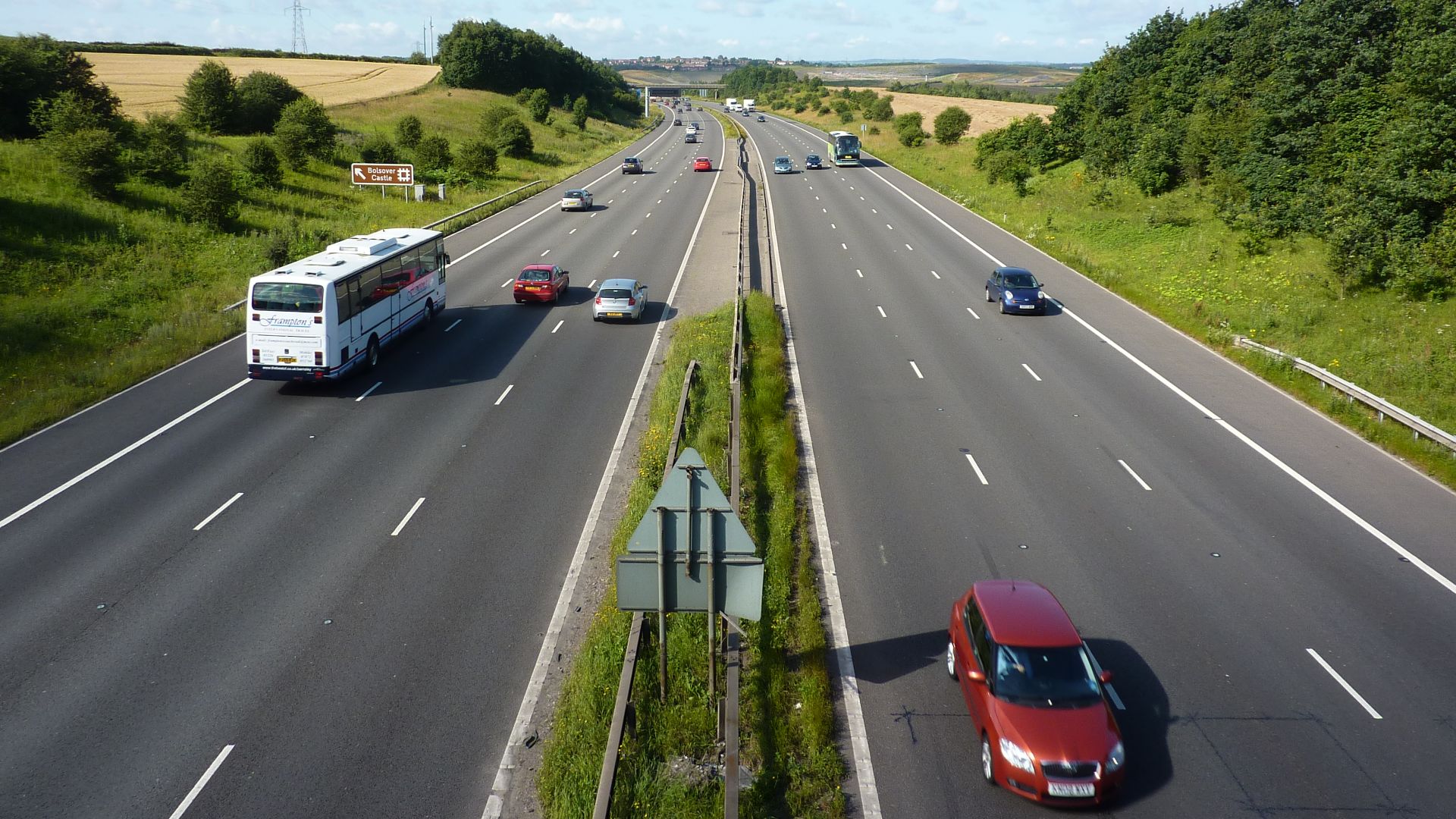 Peter Barr , Wikimedia Commons
Peter Barr , Wikimedia Commons
Headlight Flashing As A Language
In Europe, flashing headlights can mean “I’m passing,” “You go ahead,” or “Move over.” Americans mostly reserve flashing for emergencies or passive-aggressive behavior. Europeans use it like Morse code for road diplomacy.
Driving Close Enough To Share DNA
European tailgating isn’t rudeness—it’s cultural. Drivers follow closely, trusting quick reflexes and predictable behavior. Americans see the same distance and assume the apocalypse is coming. The debate continues: precision or madness?
Winter Tires Are Non-Negotiable
Europe mandates winter tires in many regions. Americans often try to survive blizzards with all-season tires and blind optimism. Europeans insist winter tires save lives; Americans insist they can “handle it” until they’re sideways in a ditch.
Pedestrians Treated Like Royalty
In many European cities, pedestrians are kings. Cars stop instantly, sometimes to a fault. Americans prefer a gentle negotiation at crosswalks—eye contact, slow creeping, mutual hesitation. Europeans slam the brakes; Americans inch forward and hope for the best.
Scooters And Microcars Everywhere
Europe loves tiny, efficient transport options—scooters, microcars, electric cubes that look like futuristic toaster ovens. Americans prefer more mass between themselves and the world. Europeans see practicality; Americans see potential danger.
Stop Signs That Barely Exist
Europeans don’t sprinkle stop signs everywhere—they prefer yield signs and roundabouts. Americans love stop signs like they love apple pie. Four-way stops, three-way stops, stops in the middle of nowhere—if there’s pavement, there’s probably a stop sign.
Drinking And Driving Laws That Are No Joke
European DUI limits are typically stricter than in the U.S. Many countries enforce near-zero alcohol tolerance. Americans often rely on designated drivers and Uber; Europeans treat post-pub driving like high treason.
Tiny Highways Without Shoulders
Some European “highways” are barely wider than American country roads. With no shoulders and stone walls inches from the lane, it’s white-knuckle driving. Americans accustomed to wide interstates feel like they’ve stumbled into a medieval obstacle course.
Aggressive Merging That Somehow Works
Europeans merge with confidence and speed, expecting others to accommodate. Americans merge with hope, fear, or stubborn refusal. Yet somehow, European merging—fast, intense, almost balletic—flows more smoothly than the polite but chaotic American approach.
Roadside Turnoffs With Real Food
Europeans enjoy highway rest stops offering proper meals, espresso, and freshly baked pastries. Americans get fast food chains, vending machines, and occasionally a gas-station hot dog that has seen too much. Europeans call U.S. rest stops “functional.” Americans call European rest stops “vacation.”
Driving As A Cultural Identity
In Europe, driving is woven into regional identity—small cars in Italy, Autobahn etiquette in Germany, narrow lanes in the U.K., and roundabout mastery in France. In America, driving symbolizes freedom: the open road, big engines, and long hauls. Neither side is wrong—they’re simply speaking different automotive languages.
Which Way Of Driving Do You Prefer?
In the end, driving styles aren’t just about roads and regulations—they’re reflections of culture, history, and what each society values most. Europeans navigate ancient streets with compact cars and strict etiquette; Americans embrace freedom, comfort, and the open road. And while each side may poke fun at the other’s habits, that contrast is what makes comparing them so entertaining. Whether you’re a roundabout warrior or a four-way-stop loyalist, there’s plenty to appreciate (and argue about) in the wonderfully different ways people drive across the Atlantic.
You May Also Like:
Three Great Cars For College Students
Anna Wintour's Surprising Taste In Vintage Convertibles

